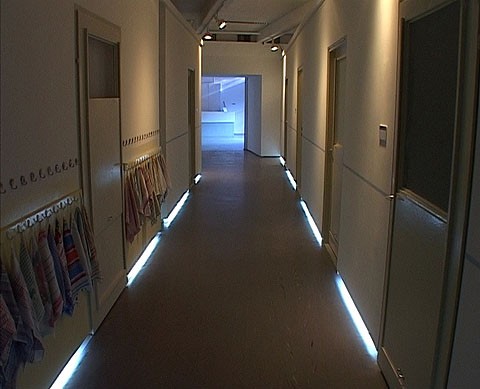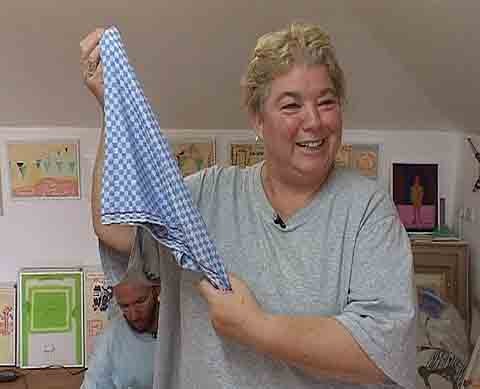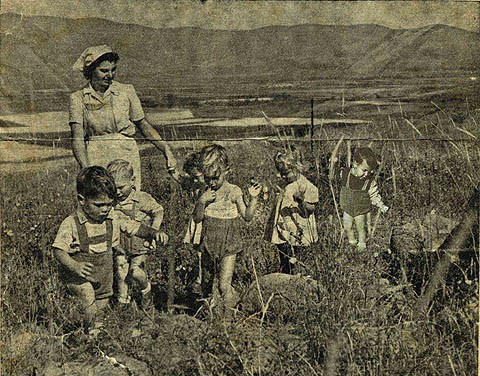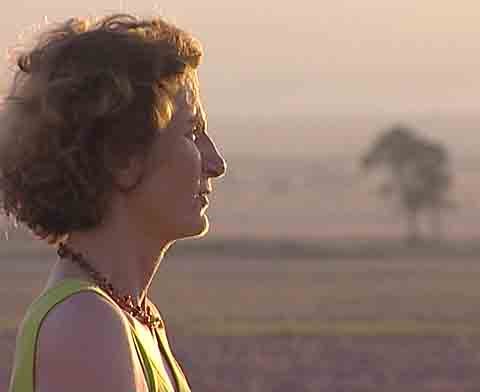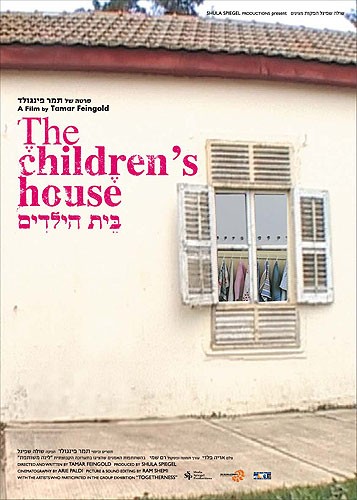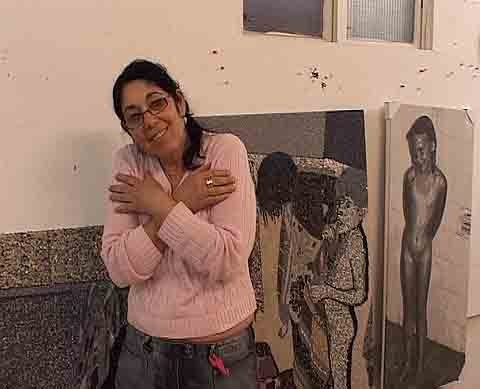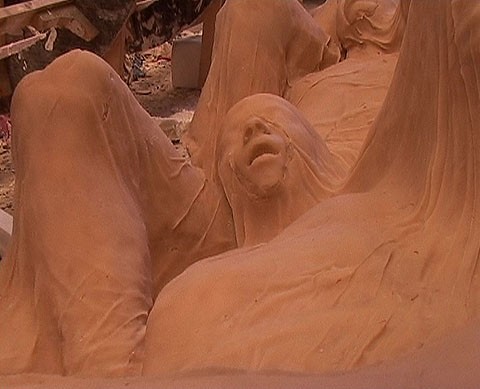Summer 2005. The Tel Aviv museum is holding an exhibition called “Communal Sleeping” in which kibbutz-born artists living in town portray through their works their childhood experiences of communal sleeping. The Children's House follows the process of creation of several artists for several months up until the actual setting up of the exhibition. This is a film about childhood experiences, sensations, pains and memories surrounding the unique experience of communal sleeping. The film comprises archival material from documentaries produced in the 50's by the kibbutz movement. These “On behalf of” documentary scenes stand in stark contrast to the present authentic pain of the film's main characters.
Synopsis
Summer 2005. The Tel Aviv museum is holding an exhibition called “Communal Sleeping” in which kibbutz-born artists living in town portray through their works their childhood experiences of communal sleeping. The Children's House follows the process of creation of several artists for several months up until the actual setting up of the exhibition. This is a film about childhood experiences, sensations, pains and memories surrounding the unique experience of communal sleeping. The film comprises archival material from documentaries produced in the 50's by the kibbutz movement. These “On behalf of” documentary scenes stand...
Awards
- Best Script Award – Montenegro International TV Festival, Yugoslavia, 2006
- Second Prize – Haifa International Film Festival, 2005
Festivals
- Sao Paulo Israeli Film Festival, Brazil, 2008
- Luxemburg Israeli Film Festival, 2008
- Brussels Israeli Film Festival, Belgium, 2008
- New London Jewish Film Festival, USA, 2008
Press & Links:
The Children’s House *** 1/2
Tamar Feingold’s documentary The Children’s House effectively captures the power of art to initiate personal healing and spark a collective dialogue about a shared past. In the summer of 2005, a group of kibbutz-born artists living in Tel Aviv were invited to participate in an exhibit called “Communal Sleeping,” built around their childhood experiences on an Israeli kibbutz during the 1950s. The film combines ample footage of each artist’s creative process during the weeks leading up to the installation, archival footage of promotional films from the 1950s detailing the educational goals of the kibbutz (to raise an independent “kibbutznik” who understands the concept of sharing), and interviews with former communal mothers and kibbutz workers, as well as the artists themselves, whose painful memories are also expressed in their art. It becomes clear that for this group, the kibbutz was a well-intentioned but ultimately misguided educational experiment, as evidenced by the artists’ reflections on their sense of isolation and abandonment as children and its effect on their current interpersonal relationships. One artist’s work involves the recreation of a kibbutz common room (she discusses how her environment was more like a parent to her than the tenuous relationship she experienced with her mother), while another describes his fierce commitment to being there when his children awaken each morning as a response to his own fears of greeting each day as a child without the comfort of his family. A fascinating historical/sociological documentary, The Children’s House is highly recommended.Aud: C, P. (A. Cantu), The Video Librarian, USA
Festivals
- Sao Paulo Israeli Film Festival, Brazil, 2008
- Luxemburg Israeli Film Festival, 2008
- Brussels Israeli Film Festival, Belgium, 2008
- New London Jewish Film Festival, USA, 2008
- Calgary Jewish Film Festival, 2007
- Barcelona Jewish Film Festival, Spain, 2007
- Temple Beth El, USA, 2007
- Santa Barbara Jewish Film Festival, USA, 2007
- Delray Beach Film Festival, USA, 2007
- The Danish Jewish Film Festival, Copenhagen, 2007
- Tucson Jewish Film Festival, USA, 2007
- The Screening Room, Washington, USA, 2007
- San Diego Jewish Film Festival, USA, 2007
- Montenegro International TV Festival, Yugoslavia, 2006
- Florida State University, USA, 2007
- Montpellier Mediterranean Film Festival, France, 2006
- Palm Beach Jewish Film Festival, USA, 2006
- Mexico City Jewish Film Festival, Mexico, 2006
- San Jose Jewish Film Festival, USA, 2006
- Sesily International Film Festival, Georgia, 2006
- Warsaw Jewish Motifs Film Festival, Poland, 2006
- Toronto Jewish Film Festival, 2006
- Haifa Film Festival 2005
Educational
- American Jewish University
- Duke University
- Makor Jewish Library, Australia
- Ohio State University
- Library of Congress
- Arizona State University
Awards
- Best Script Award – Montenegro International TV Festival, Yugoslavia, 2006
- Second Prize – Haifa International Film Festival, 2005
